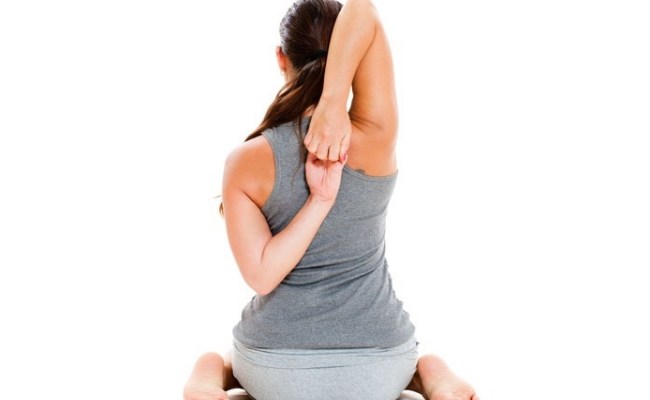oftheherd1
Senior Master
It’s in the rooting that happens when we rotate the torso.
In our most fundamental method for drilling the punch, we rotate the torso so that at the pinnacle of extension, the flank faces forward. Then rotate to the other side for the other punch, so the other flank faces forward. The punch drives out as we rotate to that position. This gives us full body rotation and engagement for power.
The rotation is driven from the feet, up the legs, hips, and torso. But what the feet are also doing is rooting into the ground. We don’t just stand on the ground; the feet are not simply a platform between yourself and the ground. We apply pressure into the ground and slightly outward as a way of bracing our stance. It is an active way of standing, not just passively resting on the ground. The legs are working in order to make that bracing solid and strong.
...
Interesting that I learned something similar to that in the TKD I studied. Our concept was the feet were plated flat on the ground, and the power traveled up from the feet/ground, through the torso to the shoulders which were squared, across the shoulder of the trailing foot across to the shoulder of the striking hand, down that to the knuckles of the striking hand. It sounds complicated but after many applications and corrections, it begins to work. Perhaps some gi at work as well, but after a time on begins to feel the greater striking power.
Does that sound in any way similar (if not exact) to what you are describing? It kind of does to me.
Thanks for explaining that.


